Design of Sports Venue Facilities
The design of sports facilities needs to consider multiple aspects to meet the needs of different sports events and the safety and comfort of users. The following are the main contents of sports venue and facility design:
1、 Site planning
Site selection and layout:
Site selection should consider factors such as transportation convenience, surrounding environment, and population density. For example, choosing to be near transportation hubs or in the center of residential areas to facilitate people's access. At the same time, it is necessary to consider whether there are adverse factors such as noise and pollution in the surrounding area.
The layout should plan the positions of different sports venues reasonably to avoid mutual interference. For example, setting up separate basketball courts and tennis courts to prevent basketballs from flying out and affecting tennis matches. We also need to consider the location of supporting facilities such as audience seats, parking lots, and rest areas.
Venue size and shape:
Determine the size and shape of the venue based on the standards of different sports events. For example, a standard basketball court is rectangular, 28 meters long and 15 meters wide; The football field is rectangular, 105 meters long and 68 meters wide.
For some special sports such as ice hockey, field hockey, etc., the shape of the field may have special requirements. Strictly follow the standards during design to ensure that the venue meets the requirements of competition and training.
2、 Ground material selection
Security:
The ground material should have good anti slip performance to prevent athletes from slipping and getting injured during exercise. For example, on a basketball court, professional sports flooring or plastic flooring can be chosen, which have a high coefficient of friction and can effectively provide anti slip protection.
For some high-intensity sports such as rugby, soccer, etc., ground materials should also have certain cushioning properties to reduce the impact force on athletes when they fall or collide. For example, artificial or natural lawns can provide some cushioning and reduce the risk of injury.
Durability:
The ground material should be able to withstand long-term use and wear and maintain good performance. For example, in outdoor venues, materials with good weather resistance and UV resistance should be selected to prevent material aging and fading.
For some high-frequency venues, such as school playgrounds, community sports centers, etc., the ground materials should have high wear resistance and be able to withstand the trampling of a large number of people and the friction of sports equipment.
Applicability:
Different sports have different requirements for ground materials, and suitable materials should be selected according to the specific project. For example, table tennis courts require a flat and smooth surface to ensure the bouncing and rolling of the ball; Badminton courts require a certain degree of elasticity on the ground to reduce athlete fatigue.
Considering the usage environment of the venue, the selection of flooring materials for indoor and outdoor venues may vary. Indoor venues can choose beautiful and comfortable materials, such as sports flooring; For outdoor venues, it is necessary to choose materials with good weather resistance and easy maintenance, such as plastic tracks, artificial lawns, etc.
3、 Lighting Design
Illumination requirements:
Determine appropriate lighting standards based on the usage requirements of different sports events and venues. For example, professional basketball courts require high illumination, generally above 1500 lux; However, the illumination requirements for ordinary fitness venues are relatively low, around 300 lux.
Consider the size and height of the venue, arrange lighting fixtures reasonably, and ensure uniform distribution of illumination throughout the entire venue. Avoid shaded areas that may affect the athlete's line of sight and the effectiveness of the competition.
Lighting method:
Top lighting, side lighting, or mixed lighting can be used. Top lighting is the most common method, which provides uniform illumination by installing lamps above the site. Side lighting is suitable for some special venues, such as tennis courts, badminton courts, etc., which can reduce the glare of athletes.
Choose efficient and energy-saving lighting fixtures, such as LED lights. LED lights have the advantages of long lifespan, low energy consumption, and good color rendering, which can meet the lighting needs of sports venues while reducing operating costs.
Lighting control:
Install a lighting control system to achieve intelligent management of site lighting. The lighting brightness and switch time can be adjusted according to different usage scenarios, such as competitions, training, leisure, etc.
Considering the utilization of natural light, the use of artificial lighting can be appropriately reduced during the day or when there is sufficient light to save energy. For example, in the design of sports venues, large areas of windows or skylights can be used to increase natural lighting.
4、 Facility configuration
Sports equipment:
Equip corresponding sports equipment according to the needs of different sports events. For example, basketball courts need to be equipped with basketball hoops and basketballs; A football field needs to be equipped with football gates, soccer balls, etc.
The quality and safety of sports equipment should comply with national standards, and regular inspections and maintenance should be carried out to ensure the normal use of the equipment. For some vulnerable equipment, such as badminton rackets, table tennis rackets, etc., they should be replaced in a timely manner.
Audience facilities:
For sports venues with spectators, facilities such as spectator stands and stands should be set up. The number and layout of audience seats should be determined based on the size and usage needs of the venue to ensure that the audience can comfortably watch the game.
Equip necessary audience service facilities, such as bathrooms, convenience stores, rest areas, etc. The location of these facilities should be arranged reasonably to facilitate the use of the audience.
Safety facilities:
Install safety facilities such as guardrails and fences to prevent accidental injuries to athletes and spectators. For example, setting up fences around football fields, tennis courts, and other venues to prevent balls from flying out of the field; Set up protective barriers around the swimming pool to prevent personnel from accidentally falling into the water.
Equipped with emergency equipment and personnel, such as first aid kits, AEDs (Automatic External Defibrillators), etc. Be able to provide timely emergency treatment in case of unexpected situations.
5、 Barrier free design
Channel design:
Design accessible pathways to facilitate the entry of special groups such as people with disabilities and the elderly into the venue. The width of the passage should meet the requirements for wheelchair access, with a gentle slope and no obstacles.
Install handrails, signs, and other facilities on the passage to provide guidance and support for special groups of people. For example, installing handrails on both sides of stairs and ramps to facilitate access for people with disabilities; Set up clear signs on the passage to indicate the location of accessible facilities.
Facility renovation:
Make some sports facilities accessible and suitable for special populations. For example, setting up low baskets on basketball courts to facilitate wheelchair bound athletes to shoot; Install accessible water access facilities in the swimming pool, such as ramps, lifting platforms, etc.
Equipped with specialized facilities such as disabled parking spaces and bathrooms to provide convenience for special groups of people. Disabled parking spaces should be more spacious than regular parking spaces, making it easier for wheelchairs to get on and off; The bathroom should be equipped with accessible toilets, washbasins, and other facilities to meet the needs of people with disabilities.
6、 Environmental Protection and Sustainable Development
Material selection:
Choose environmentally friendly and renewable materials to reduce the impact on the environment. For example, recyclable materials such as steel and wood can be used in site construction; In the selection of ground materials, environmentally friendly plastics, artificial lawns, etc. can be considered.
Avoid using materials containing harmful substances such as formaldehyde, benzene, etc. When choosing decoration materials and sports equipment, it is important to check the environmental certification mark of the product to ensure the safety of the materials.
Energy saving design:
Adopting energy-saving lighting equipment and control systems to reduce energy consumption. For example, installing induction lighting fixtures that automatically turn off when no one is using them; Utilize natural light illumination to reduce the time spent on artificial lighting.
Consider the ventilation and insulation design of the site to reduce energy consumption for air conditioning and heating. For example, in the design of sports venues, natural ventilation and lighting can be used to reduce reliance on mechanical ventilation and lighting.
Water resource management:
Install water-saving equipment, such as water-saving faucets, toilets, etc., to reduce the waste of water resources. In the design of swimming pools, a circulating water system can be used to filter and disinfect the pool water before recycling it, reducing water consumption.
Collect rainwater for irrigation and cleaning of the site, achieving the recycling of water resources. For example, setting up a rainwater collection system around the site to collect rainwater for watering flowers, washing cars, etc.
In short, the design of sports facilities should comprehensively consider multiple factors to meet the needs of different sports events and the safety and comfort of users. At the same time, we should pay attention to environmental protection and sustainable development, and provide people with a green and healthy sports environment.


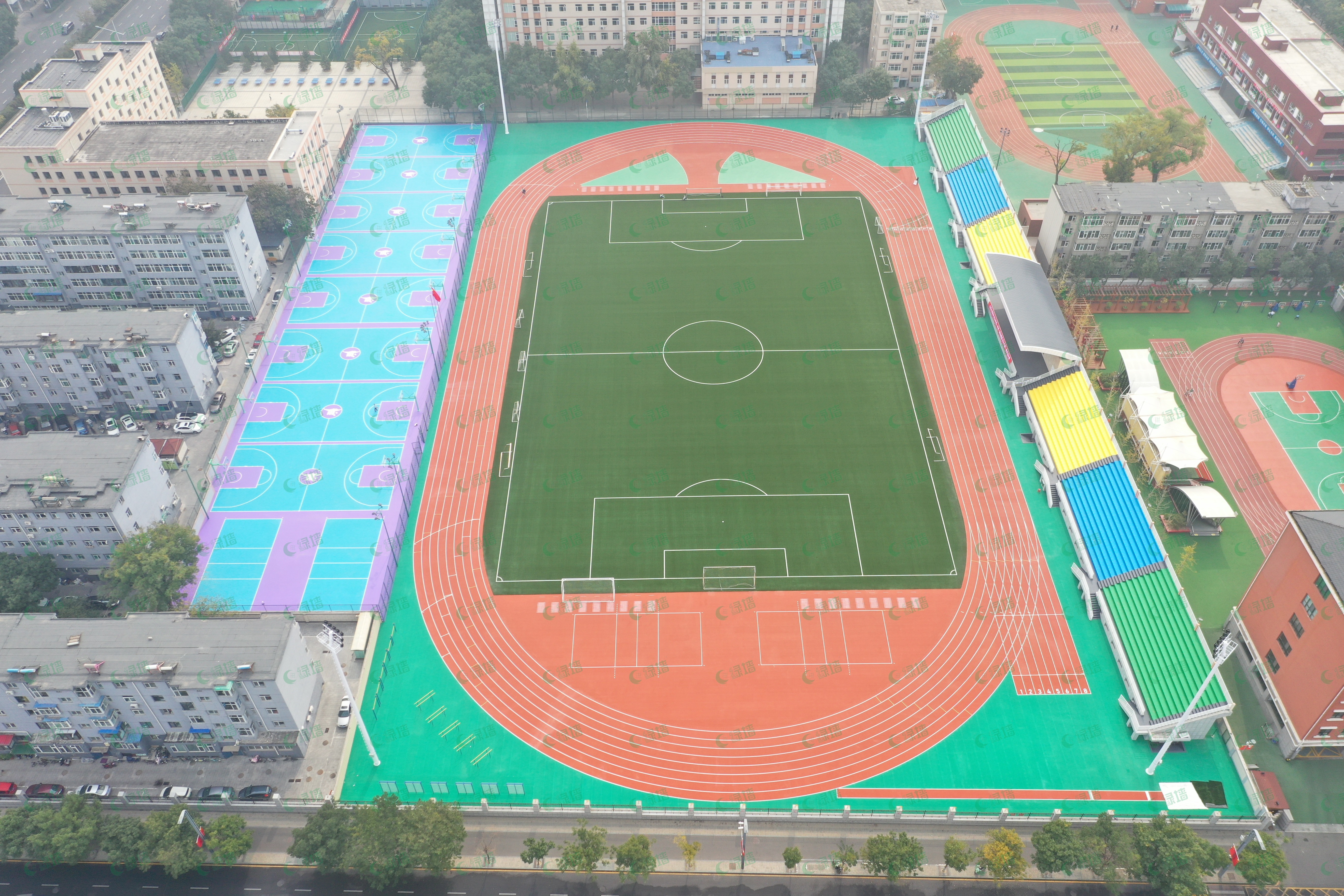
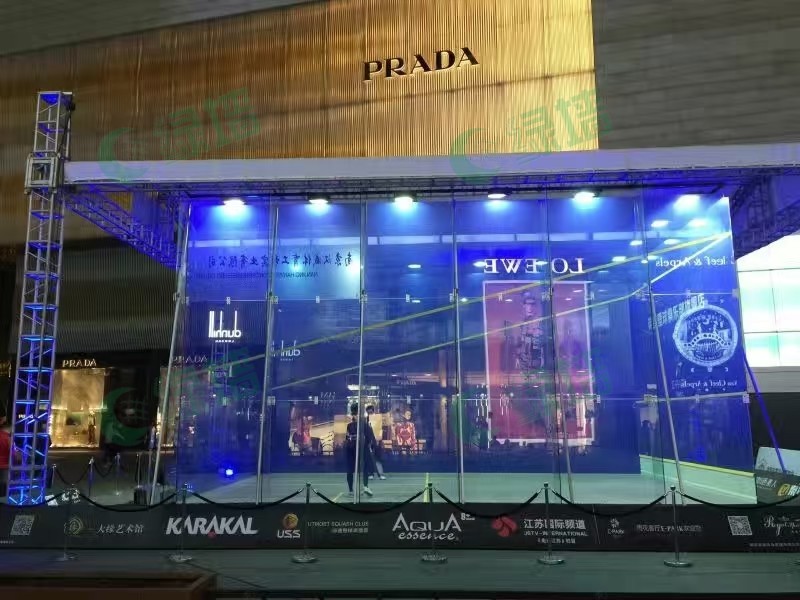
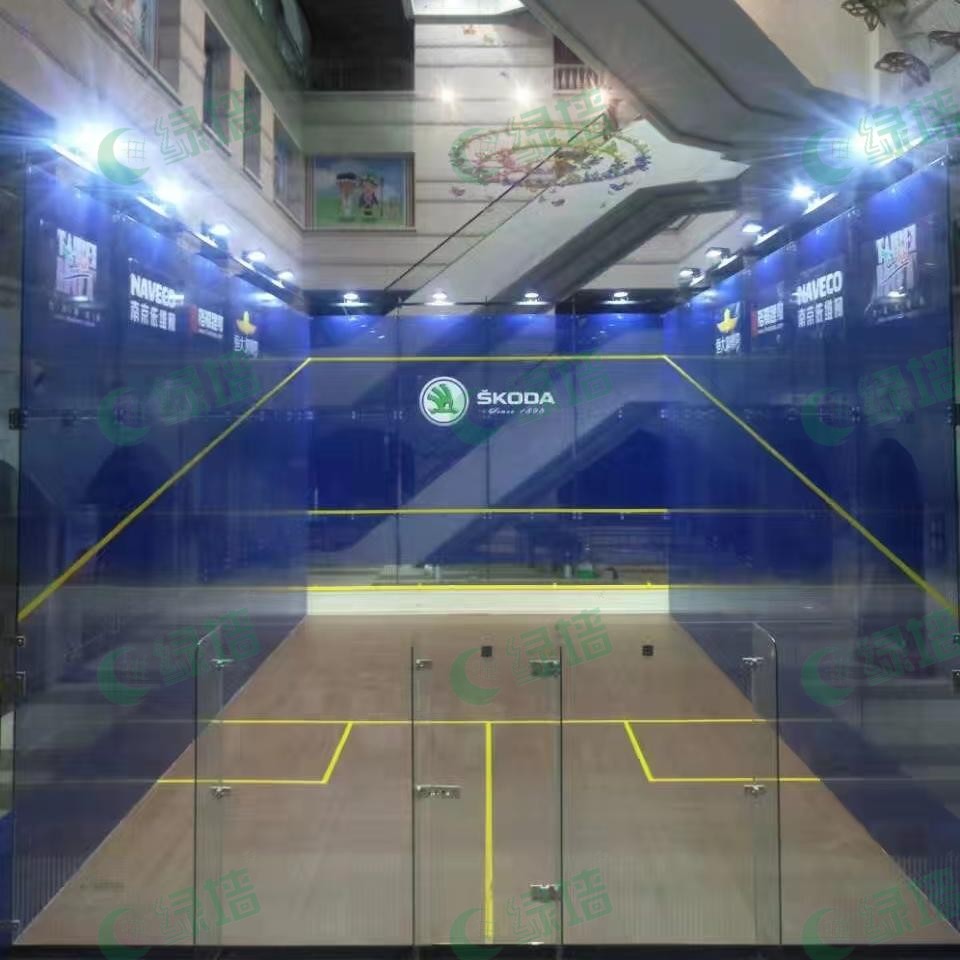
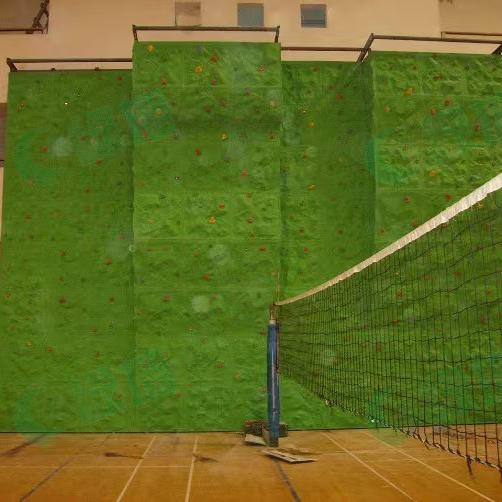
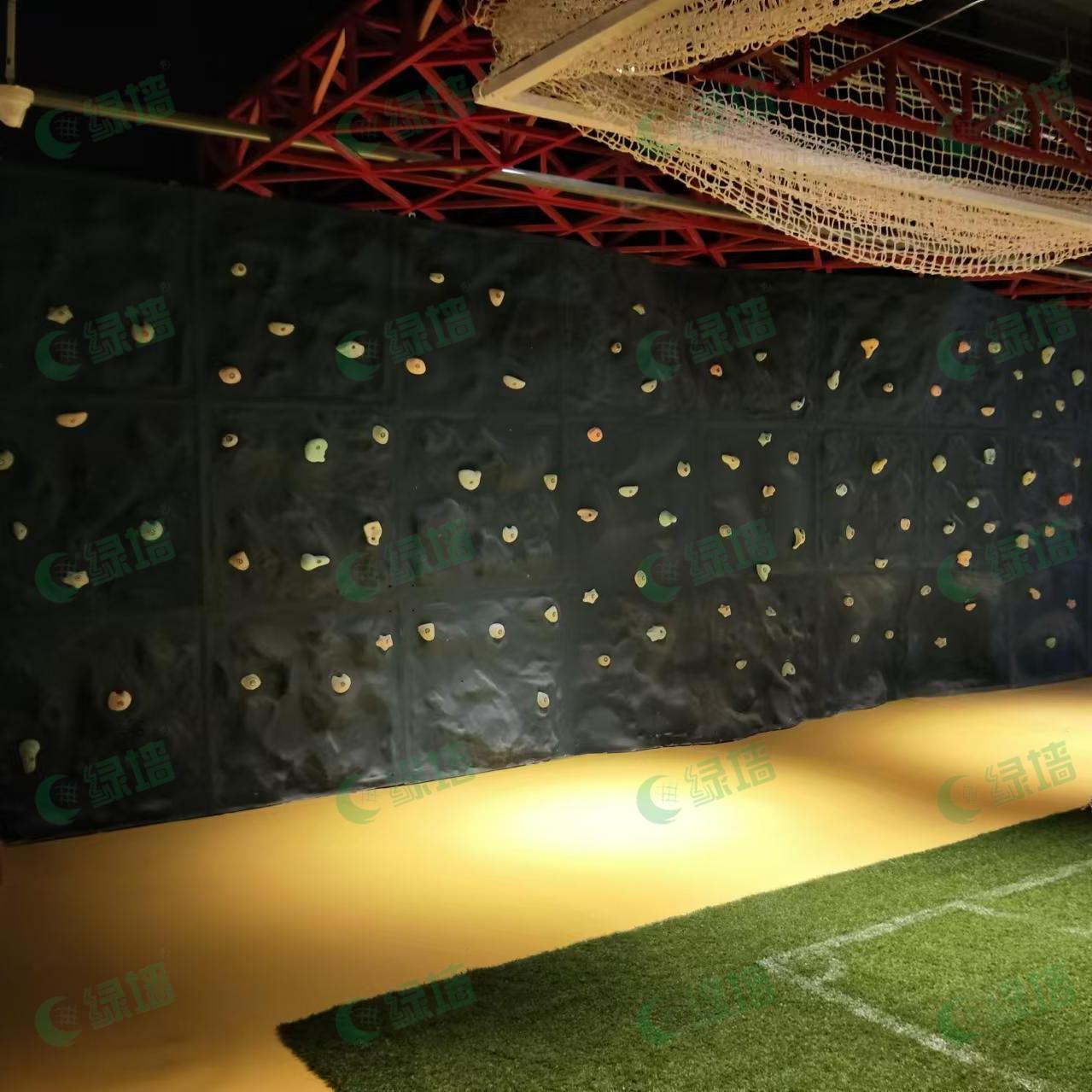
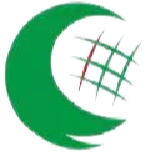



Please first Loginlater ~